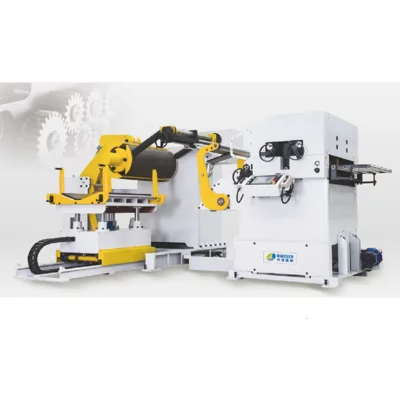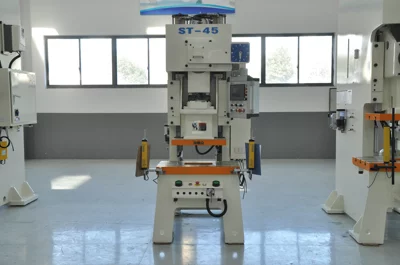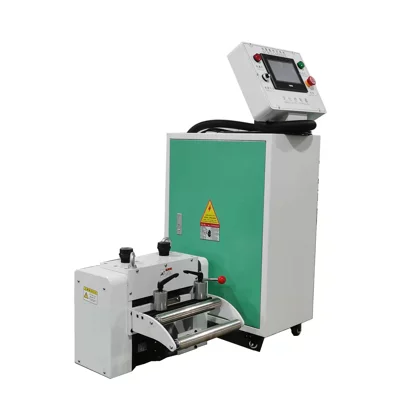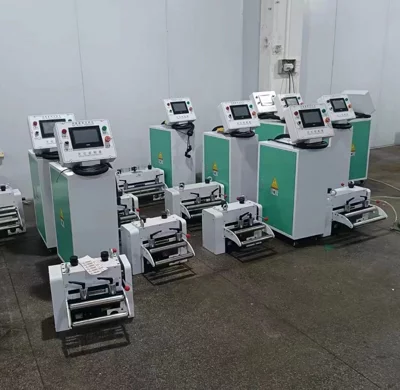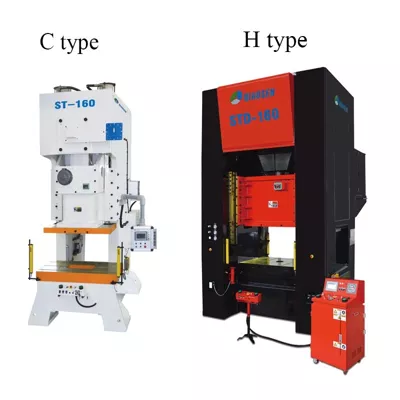The Importance of Mold Height and Adjustment in Feeder Installation and Operation
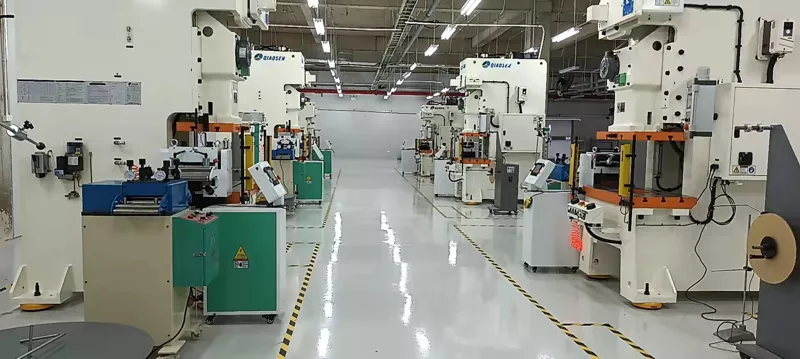
Mold height and adjustment play a crucial role in the successful installation and operation of feeders in press machines. It ensures that the production process runs smoothly and efficiently, guaranteeing high-quality products. Let us explore the significance of mold height and adjustment and the key considerations surrounding their implementation.
Mold height refers to the distance between the bottom of the press machine's upper mold plate and the top of the lower mold plate when the mold is closed. It determines the thickness of the material being formed and helps achieve the desired precision in manufacturing. Proper mold height adjustment is essential to avoid defects like improper part thickness or excessive material wastage.
During feeder installation, mold height adjustment is necessary to ensure the accurate feeding of materials into the press. If the mold is not adjusted correctly, it may lead to misalignment, improper feeding, and subsequent defects in the finished product. A well-adjusted mold height facilitates smooth material flow and effectively reduces downtime and scrap rate.
To maintain consistent mold height and adjustment during feeder installation, consider the following factors:
1. Material Specifications:
Different materials possess varying characteristics, including compressibility and flowability. These factors determine the mold height required for accurate feeding and forming. Understanding the material's behavior ensures precise adjustments, preserving product quality.
2. Feeder Type:
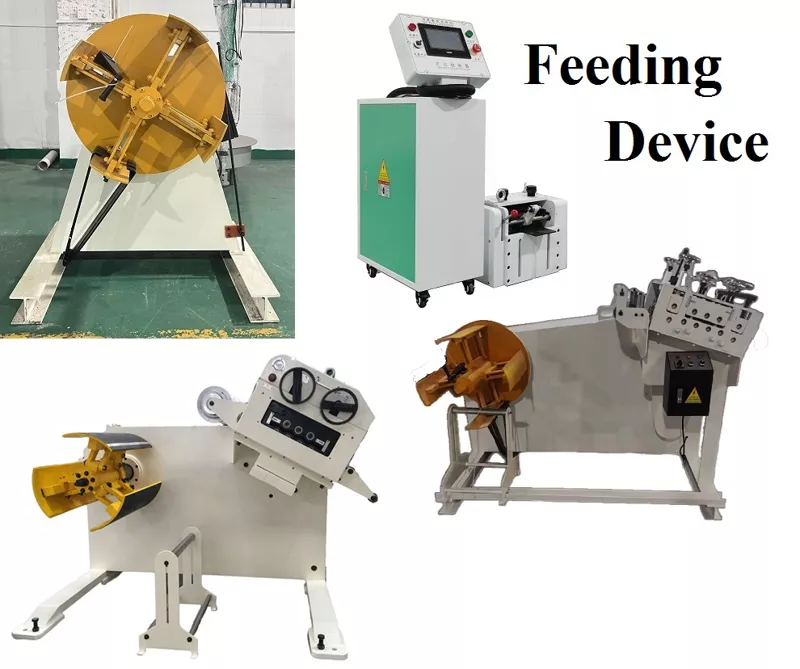
Depending on the type of feeder used, specific mold height adjustments may be necessary. Understanding the feeder specifications is instrumental in determining the appropriate mold height.
3. Precision Tools:
Utilizing precision measuring tools, such as dial indicators, vernier calipers, or laser sensors, helps achieve accurate mold height adjustments. These tools ensure precise measurements, minimizing errors, and optimizing the performance of the press machine.
4. Regular Maintenance:
Continuous monitoring and maintenance of the press machine is vital to ensure consistent performance. Regular inspection of the mold height and adjustments, along with preventive maintenance practices, contribute to maximizing production efficiency.
Additionally, it is essential to engage skilled technicians or engineers experienced in press machine operations for feeder installation and mold height adjustment. Their expertise will guarantee proper installation, minimize errors, and ensure effective adjustments.
In conclusion, mold height and adjustment significantly impact the successful installation and operation of feeders in press machines. By understanding the importance of mold height and considering factors such as material specifications, feeder types, precision tools, and regular maintenance, industries can achieve optimal performance and consistently produce high-quality products. With a well-adjusted mold height, manufacturers can enhance productivity, reduce material wastage, and maintain product excellence throughout their manufacturing processes.
8years foriegn trade experience Easily grasp customer needs Keeping good relationship with customers



